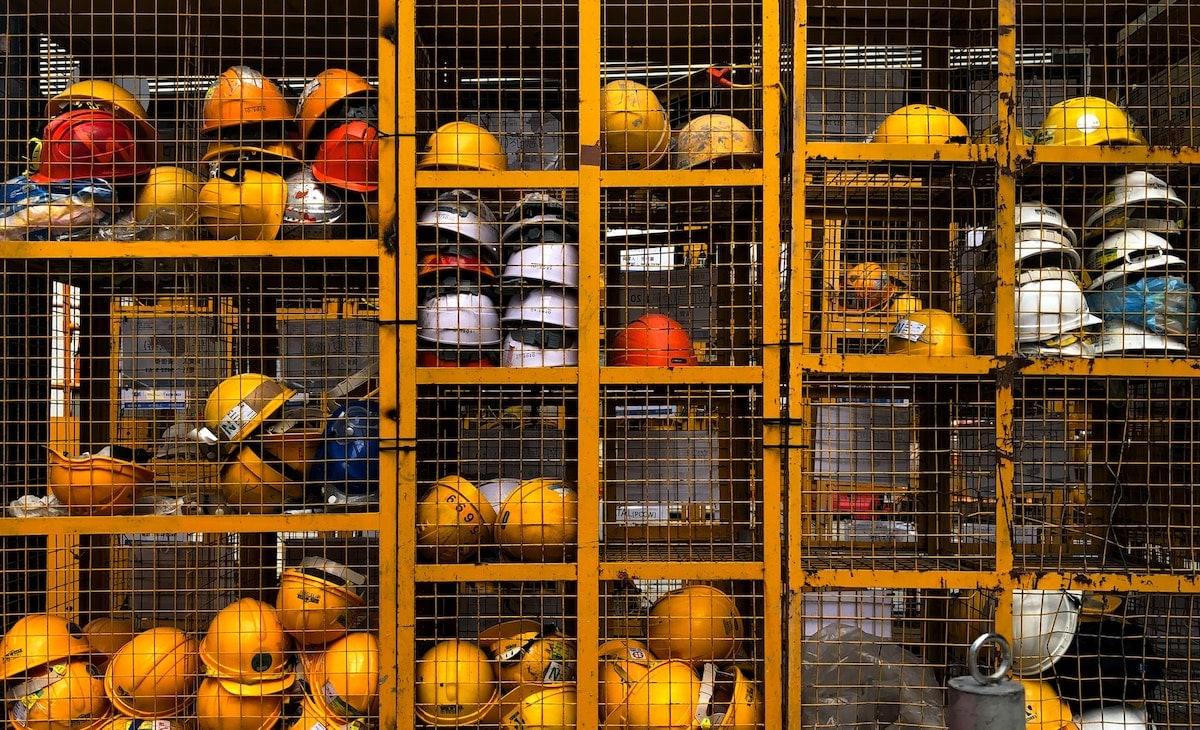Table of Contents
It is reportedly seen that manual handling injuries account for over 1/3 of all workplace-related injuries or ill health scenarios at work, according to sources such as the Labor Force Survey. These issues, when not taken into consideration on time, can become serious health concerns posing various health and safety, as well as legal risks to businesses and their employees.
Being an employer, you are responsible to provide top-notch safety practices to your workers to complete their job safely at the end of the day. And so, this blog post will explore what practices can be followed in day-to-day operations to minimize health risks and ensure a safe place of work for everyone.
Manual Handling & Risk of Injuries
Manual handling is any task associated with carrying, lifting, transporting, or manipulating the load by a worker from one place to another. These tasks involve numerous activities like pushing, pulling, carrying, and lifting the load. These can result in repetitive injuries if not undertaken properly.
An unsafe manual handling work can result in injuries in these major areas:
- The neck & upper limb – these include shoulders, arms, wrists, fingers
- Lower limb – these include legs, knees, or ankles
- Back pain & back injuries
Some common injuries that can result due to these unsafe practices include musculoskeletal disorders (MSDs) that affect an employee’s functionality to work properly as well as impact their quality of life.
Other factors involved can cause risks like muscle strains or sprains, injuries to ligaments, or back injuries.
Major Risk Factors of the Injuries
When talking about risk factors involved in manual handling work, they are numerous. But the key risk factors are:
Load
The load is the major risk factor that may pose an individual with various manual handling hazards and injuries. It is recommended to weigh the load before carrying it. If it is too heavy for the worker, it may cause an injury.
Alongside this, keeping in mind the characteristics of the load is also important. If an object is in an awkward shape or difficult to handle, it can also result in potential injuries. Keeping in mind these points can help reduce the risk if proper controls are put in place.
Work
The nature of the work is also another factor increasing the chances of manual handling injuries. The number of times a load is handled, how long it took to reach the destination, and the posture during the movement of the load are some of the things to keep in mind that may contribute to the problem
Environment
The workplace environment is also significantly important to watch out for increased risks while undertaking the work. It is crucial to analyze the route before starting work. Poor planning or improper pathways can result in hazards like slips or trips which can cause minor to major injuries.
Individuals Undertaking the Task
A person or a worker itself can also create problems while performing the task. If a worker is not familiar with the job or is not fit for the work can result in health risks for themselves or their surroundings.
Safe System of Work to Lessen the Risk
Below are some steps to help control and minimize the risk of injuries:
Assess the Risk
Assessing the risk is the first step to mitigating the risk of injuries. Employers are required to regularly inspect their workplaces to examine the manual handling risks involving the type of load, nature of the work, location, and condition of the object.
Avoid the Risk
Avoiding manual handling work as far as reasonably practicable is also one effective way to prevent accidents, injuries, or ill health. When needed, employers need to carefully examine the nature of the task to get the work done safely.
Train the Personnel
Providing proper training to the personnel is also one effective way to control and eliminate the risk of injuries. Employers can offer various on-the-job training sessions or online courses that involve manual handling training, workplace ergonomics training, general health, and safety training, slips, trips, and falls training, workplace stress training, and other similar courses like these.
These training sessions help gain basic to advance level knowledge to do the job safely and avoid health and safety risks while ensuring a safe workplace for everyone.
Bottom Line
Every workplace is prone to numerous health and safety risks that can cause minor to major injuries and in severe cases even death.
Manual handling injuries are among the prominent ones that account for a large number of accidents, injuries, or ill health cases at work. Those responsible for preventing their personnel from such health risks need to have effective systems to work safely to control, identify, and mitigate the risk.
This post has covered some ways to do the work safely and to ensure a safe place of work for everyone.


